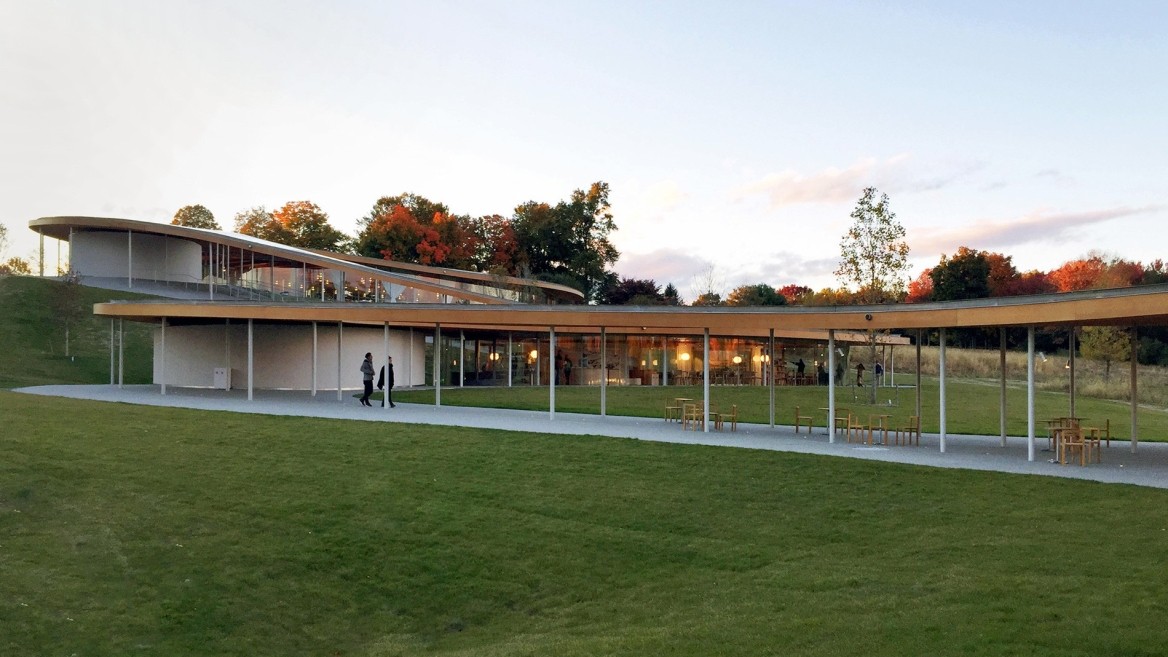The Key to a Successful Project: The “Big Idea,” Collaboration or Both?
This article is based on a presentation given at The Architectural League of New York as part of its Current Work lecture series.
During my career as a structural engineer, I’ve often confronted a popular conundrum: Is it the “big idea” — the wow factor — that drives the success of a project or is it in the process and the details.
It is perfectly reasonable to assume that the “big idea” will come from a project’s architect. While that is often true, the forces that propel the architect’s argument forward will likely come from the team’s interrogation, iteration, and challenging of the idea. Keeping the key ideas straight and clear is, therefore, critical to success as you take this journey.
There’s a romantic notion about the design of a project: A team will be formed, we will all do what we do, and out of those efforts a great building will evolve. The fact is that this journey is often undermined by an unfortunate reality: There is a real tension between the realization of the unique and great idea and the need — as expressed by owners, accountants, financial partners, and banks — to meet a budget and a schedule.
Most owners understand that projects are unique and uncertain. We have found, over the years, that whomever the owner is, when we kept in mind the amount of money at risk and worked hard to frame the work we’re doing in a larger story, it has lowered the anxiety by providing a view of the path forward. The crafting of that central story of the structure and the maintenance of that story has been as important to our success as the high level of engineering that is happening simultaneously. Owners know there is uncertainty, but they find some comfort in being able to bracket that uncertainty.
In many ways it comes down to two simple concepts.
The first is storytelling.
If we can tell a creative, clear, and concise story (with a few strong protagonists, a coherent plot, and a few engaging themes), we will often find the team engaged, interested and supportive. And when our story is compelling, then our voice is heard, and our point of view is integrated because other team members enjoyed the story.
The second concept is collaboration. Successful projects are the beneficiaries of the healthy tension — the push and pull — that comes from the exchange of different, sometimes contrasting ideas from a project’s team members.
Clearly, the success of a project is always a team’s overarching goal — success that almost always results from open and spirited dialog.
I am, like many, a sucker for the singular evocative “big idea” in structures. And while I have been fortunate to have had success in these instances, I have also found that our success (and greatest joy), comes from projects where the collective trumps the singular; the relentless and rigorous pursuit of the minutiae wins out over the one master stroke; and/or the incremental evolution of a design overwhelms the one large leap.
Of the thousands of projects I’ve been involved with, the most successful reflect this effective combination of storytelling and collaboration. It’s an approach that, I believe will continue to serve clients and their partners well.

Nat is an advocate for positive change across the construction supply chain, sharing his knowledge and expertise for the betterment of the industry, and for the people that make it possible.
